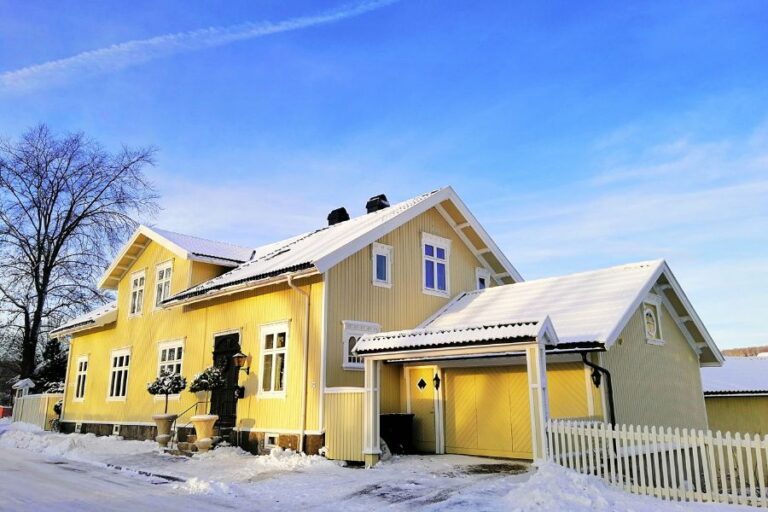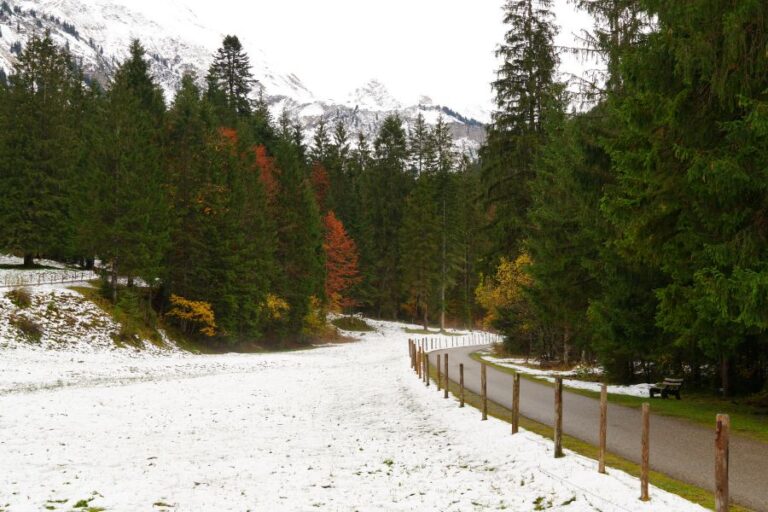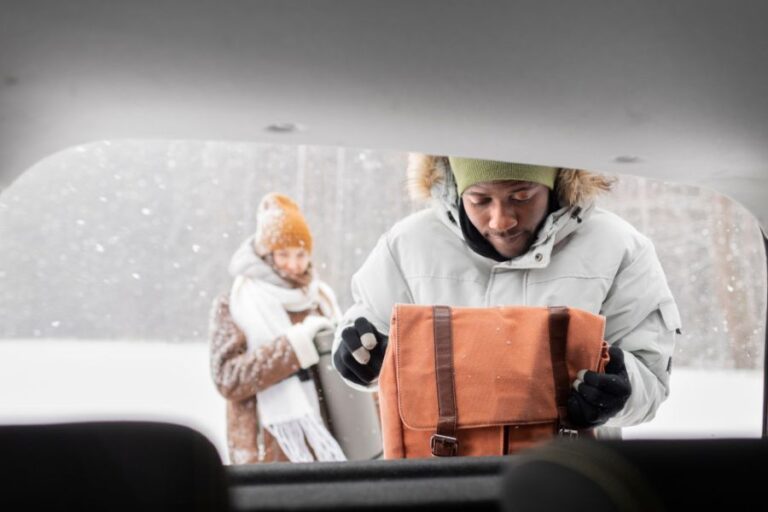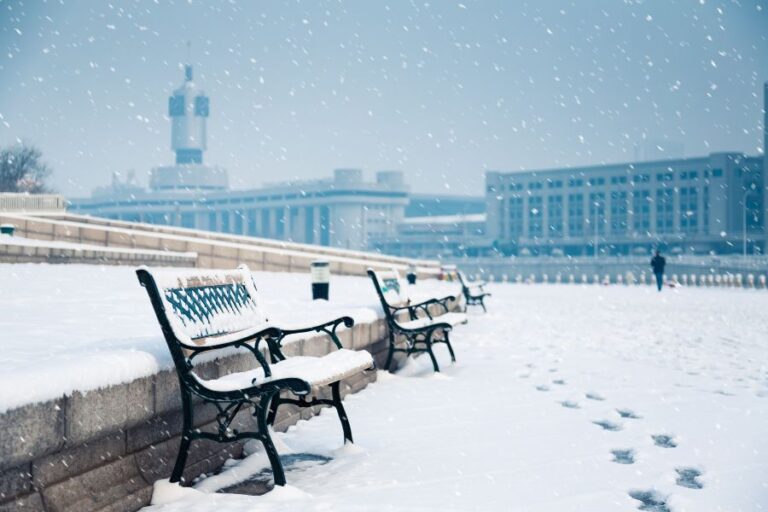Top Winter Gear for Staying Safe and Warm on Snow Days in Canada
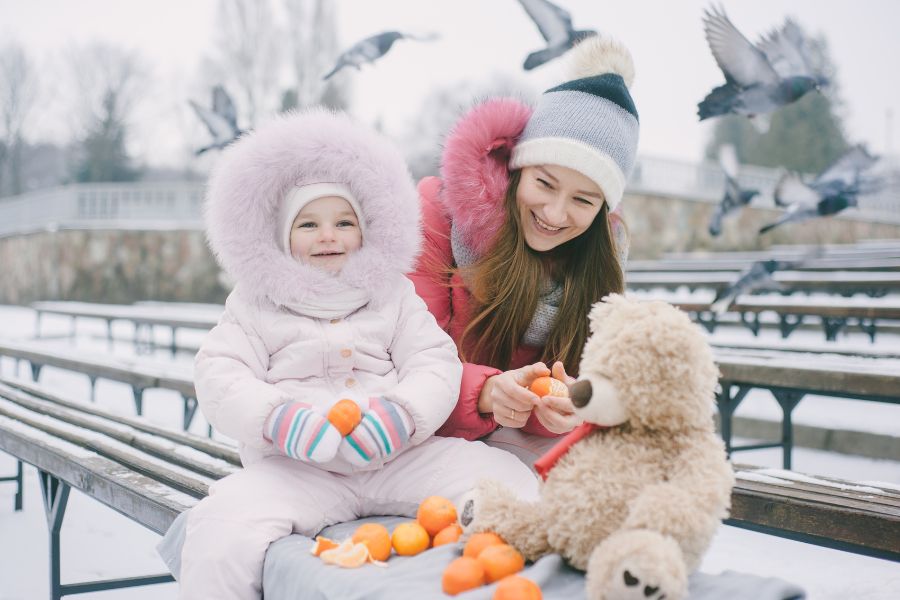
When Canadian snow days arrive, they don’t just bring school closures and icy roads—they bring the biting cold that makes safety and comfort a top priority. From my experience as a Certified Weather Forecaster with more than 8 years of analyzing Canadian winters, I know that the right winter gear can make the difference between a safe snow day and one filled with unnecessary risks.
In this guide, I’ll share my top recommendations for winter gear that will keep you safe, warm, and prepared when snow days strike.
Why Winter Gear Matters
A snow day often means frigid wind chills, icy sidewalks, and the potential for extended time outdoors—whether shoveling, commuting, or simply playing in the snow with kids. I’ve tracked storms where temperatures dropped to –30°C in less than 12 hours, leaving unprepared families vulnerable to frostbite, hypothermia, and other cold-weather risks.
The right gear doesn’t just add comfort—it’s a layer of protection against the harsh realities of Canadian winters.
1. Insulated Winter Jackets
A high-quality winter jacket is your first line of defense.
- Look for down or synthetic insulation that provides warmth without bulk.
- Choose jackets with windproof and waterproof shells for blizzard conditions.
- Features like adjustable hoods, cuffs, and sealed zippers help retain body heat.
Forecaster’s Note: During the January 2024 Ottawa snowstorm, I observed wind chills of –35°C. Parents who invested in insulated jackets reported much safer outdoor time for their kids.
2. Thermal Base Layers
What you wear underneath is just as important as your outerwear.
- Moisture-wicking fabrics like merino wool or synthetic blends keep sweat from freezing.
- Avoid cotton—it traps moisture and accelerates heat loss.
- Layering with thermals ensures warmth without restricting movement.
Personal Tip: Growing up in Ottawa, I quickly learned that kids who wore thermal base layers stayed outside longer and enjoyed snow days more safely.
3. Waterproof Snow Pants
Snow days often involve outdoor chores or play. Staying dry is key.
- Opt for waterproof, insulated pants with reinforced knees.
- Adjustable waistbands and bibs provide extra coverage for kids.
- Breathable materials help regulate temperature during activity.
Case Study: In the 2025 Toronto blizzard, I reviewed community reports of children returning home soaked after sledding. Families with waterproof pants avoided both discomfort and frostbite risk.
4. Winter Boots with Traction
Safe mobility on icy sidewalks and snowy roads depends on footwear.
- Choose boots with insulated lining (rated to –30°C or below).
- Look for deep rubber soles designed for traction on ice.
- Waterproof materials keep feet dry during slushy conditions.
Forecasting Insight: I’ve tracked accident data during snow days, and slips on ice are one of the leading causes of injuries. Quality winter boots reduce that risk significantly.
5. Hats, Gloves, and Scarves
Extremities lose heat faster, so accessories are essential.
- Thermal hats that cover ears protect against frostbite.
- Insulated, waterproof gloves or mittens keep hands functional for shoveling or playing.
- Neck warmers or scarves shield exposed skin from windburn.
Observation: In Alberta’s December 2023 cold snap, exposed skin froze within 10 minutes. Families who layered properly avoided frostbite despite extreme conditions.
6. Reflective Gear & Visibility Aids
Snow days often bring poor visibility, especially during morning commutes.
- Add reflective strips to jackets and backpacks.
- Carry clip-on lights for children walking to bus stops.
- Bright-colored outerwear improves visibility in low-light conditions.
Safety Note: In my analysis of closures across Ontario in 2022, I noted multiple reports of near-misses involving children walking in whiteout conditions. Reflective gear is a simple but effective safeguard.
7. Emergency Gear for Outdoor Tasks
Even short trips outside require preparation.
- Hand warmers and foot warmers for extended snow shoveling.
- Anti-slip ice cleats for boots.
- Snow shovels with ergonomic handles to reduce injury.
Tools like a Snow Day Calculator help families anticipate closures, giving them more time to prepare their gear before stepping outside.
8. Indoor Comfort Gear
Snow days aren’t just about braving the outdoors—cozy indoor gear keeps spirits high.
- Fleece blankets and thermal throws for warmth.
- Wool socks and slippers to keep feet comfortable indoors.
- Humidifiers to combat dry winter air from indoor heating.
Conclusion
Snow days in Canada bring challenges, but with the right winter gear, families can stay both safe and comfortable. From insulated jackets and boots to reflective accessories and indoor comfort items, preparation is the best defense against winter’s unpredictability.
As someone who has forecasted countless snowstorms, my message is simple: the right gear not only keeps you warm—it keeps you safe.

